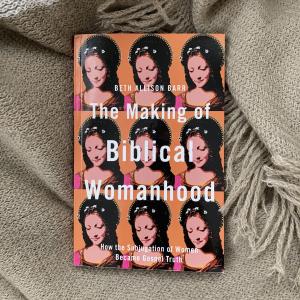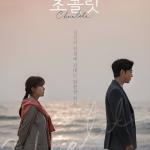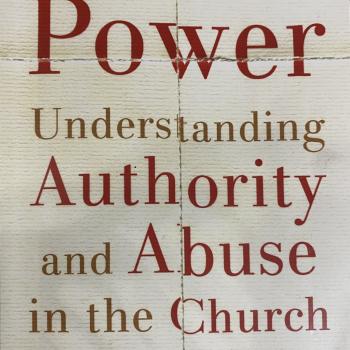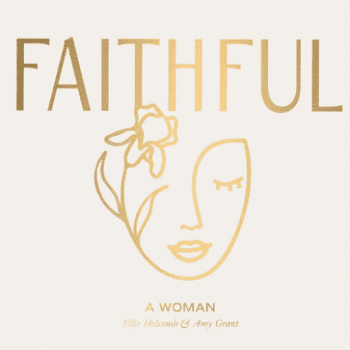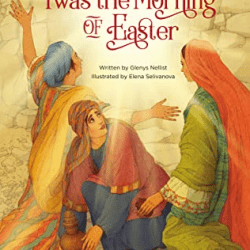“Biblical womanhood” and “Christic manhood” are hot topics in theological circles these days, despite the terms not appearing in the Bible and a vast discrepancy in how people define them. In just the last year, books by historian Kristen Kobes Du Mez and theologian Aimee Byrd have made waves in the evangelical world—both authors confront the conservative theology of complementarianism, which teaches that “men and women were created equally in God’s image with distinct and complementary differences.” They examine this teaching’s origins, trace its influence, and question its value to the church.
Enter historian Beth Allison Barr, professor of history at Baylor University in Waco, Texas. Along with Du Mez, she contributes to the Patheos blog Anxious Bench. Her new book, The Making of Biblical Womanhood, approaches the topic of women in the church from both personal and historical perspectives. The first chapter offers a bit of a memoir to set the stage for why and how she came to care so much about the church’s stance on women. The history, though, is what caught my attention. Almost every author I’ve read focuses on theological arguments alone without tracing how the church has implemented that theology. MBW does both.
I’ve read a dozen or more books on this topic over the last year as I research and write my own book on women in the church. Beth graciously sent a pdf very early in the editing stages so that I might glean insight, and potentially some great quotes, from her historical expertise. I then joined her launch team and continue to recommend MBW to friends, pastors, professors, and any social media followers I might have. So I was thrilled when she agreed to the Q&A you find below.
~~~~
Why did you write The Making of Biblical Womanhood?
BAB: I wrote it for two reasons, really.
First, because it was just time for people to know. I have known for so long, as both a historian and a Christian, that scholarship completely undermines ‘biblical womanhood.’ Yet ‘biblical womanhood’ continues to be the message we hear in evangelical churches; we continue to hear that the only way to be biblically faithful is to believe in ‘separate but equal’ gender roles. I wanted people to know the truth about where complementarian theology came from—that it is made in history, not the Bible. I especially wanted people to know how it became written into the gospel. Even if I didn’t change minds, I wanted evangelical Christians to understand that biblical faithfulness isn’t tied to following ‘biblical manhood and womanhood.’
Second, because I really felt called by God to write it. When my husband was fired, one woman, an artist, gave us a wooden block that she had painted black and written these simple words on it in white: looking unto Jesus. I have kept it always where I can see it. I know she gave it to me out of bewilderment—not understanding what was going on—but she trusted God was doing something. The words she wrote, looking unto Jesus, are really what I felt like we have done these past four years. It is so miraculous to me how our life, which seemed to be completely falling apart, began to be rebuilt in such an incredible way. When I received that email from Katelyn Beaty, asking if I would be interested in submitting a book proposal, all the pieces of my life seemed to fall into place. I had the academic credentials needed for a book like The Making of Biblical Womanhood; I had the solid evangelical pedigree to keep me from being booted immediately into the heretic camp; I had the lived experience of forty years in the complementarian world, including living through the worst of what it had to offer; and I even had a small social media platform through blogging as well as networks connecting me to so many Christian scholars and public intellectuals. God had given me all the tools I needed to make a difference for women, and I decided to take the chance.
Who needs this book?
BAB: It is for the people in my evangelical world who are willing to listen. I don’t pretend that I will change the minds of the hard-line complementarian leaders who have built their reputations and ministries on maintaining patriarchy. This book isn’t really for them, although they are welcome to read it. This book is for the women and men in evangelical churches who realize the disconnect between what the Bible teaches and what ‘biblical manhood and womanhood’ demands; those who are beginning to ask questions and don’t know where to find answers. I want them to know that the reason the misogyny and sexism, even racism, that they have uncovered in their churches doesn’t look like Jesus because it isn’t from Jesus. I want them to know that they don’t have to walk away from their faith.

